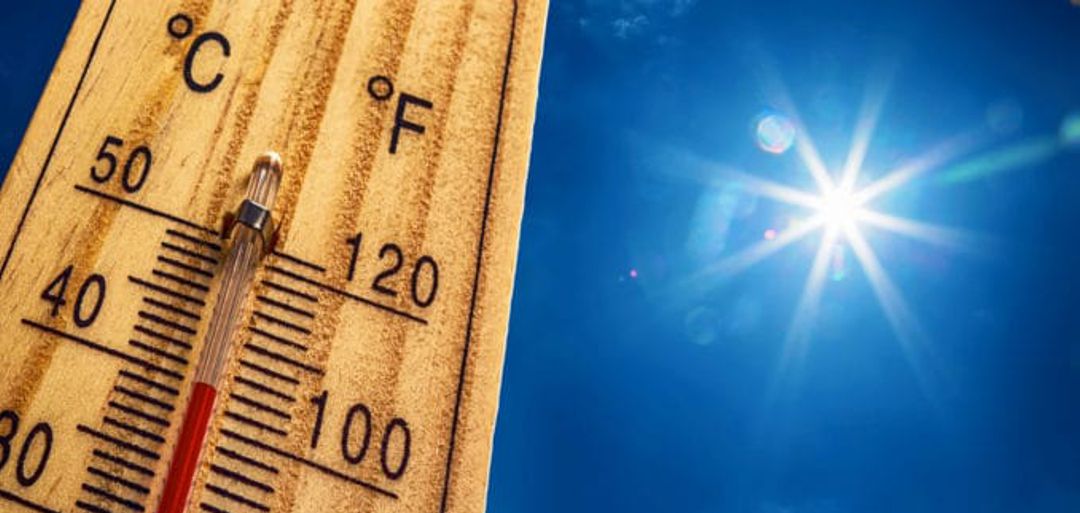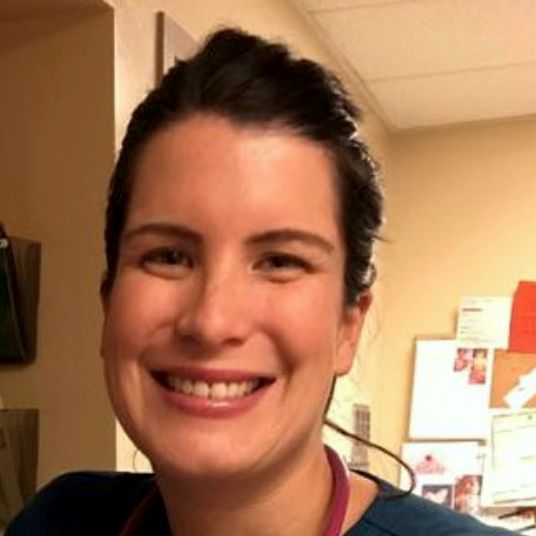Mrs. Green’s World is a platform that not only educates people about the health of the planet, but also encourages all of us to consider various options to create healthy, sustainable communities. We are proud to partner with Tucson Medical Center, which has been Tucson’s locally governed nonprofit regional hospital for more than 70 years. Because TMC is committed to empowering patients to be active partners in their care and has a robust wellness outreach program, we are sharing TMC’s message. To learn more, please listen to our special podcast series, sponsored by Tucson Medical Center.

As summer settles in and temperatures climb to the triple digits most days, it is important to know the warning signs of heatstroke and to keep a close eye on your children if they are playing outside.
“Because children have smaller bodies, they are more susceptible than adults to heatstroke, so it’s important to know the symptoms and what to do in case heatstroke strikes,” said Melissa Hodges, an RN at Tucson Medical Center’s Pediatric Emergency Department.
What is Heatstroke?
Heatstroke is when the body becomes overheated and fails to regulate its own temperature. Body temperatures rise, and may even get up to 105°F (40.6°C) or higher.
“It is a medical emergency. It can be life-threatening and requires immediate medical attention,” Hodges said.
What are the symptoms?
· Skin is flushed, red and dry
· Little or no sweating
· Deep breathing
· Dizziness, headache, fatigue or a combination of these
· Less urine is produced, and it is of a dark yellowish color
· Loss of consciousness

What to do if you suspect heatstroke:
· Get your child out of the heat immediately and to the hospital or doctor as soon as possible.
· If getting to a hospital or doctor is not possible, place your child in a cool bath (although not less than 60 degrees, you don’t want to constrict the blood vessels).
· When your child is in the bath, massage the skin to increase circulation and get to a hospital or doctor as quickly as possible.
What can we do to prevent heat stroke?
· Make sure your child stays hydrated.
· Incorporate water play into outdoor time. Whether it is swimming, a splash pad or sprinklers in the backyard, water play can make the outside bearable. Don’t forget sunscreen, swim shirts and hats though.
· Children and adults alike tend to become exhausted in the heat. Build in rest time.
· Dress for the heat. Light-colored and light-weight clothing is best
· If possible for your family’s schedule, incorporate a siesta, or nap, into the hottest part of the day and then let the kids stay up later to enjoy cooler nighttime temperatures.

Melissa Hodges
For more than 75 years, your health and safety have been central to what we do at TMC HealthCare. Now, more than ever, as we deal with a historic pandemic, we want you to know that we are here to handle ALL of your health care needs.
We are committed to creating a safe and compassionate health care environment in our hospital, clinics and specialty and primary care centers. Go to tmcaz.com/safe-and-ready to learn more.